Keeping Forced Plants Straight: Support For Forced Flowers In Vases
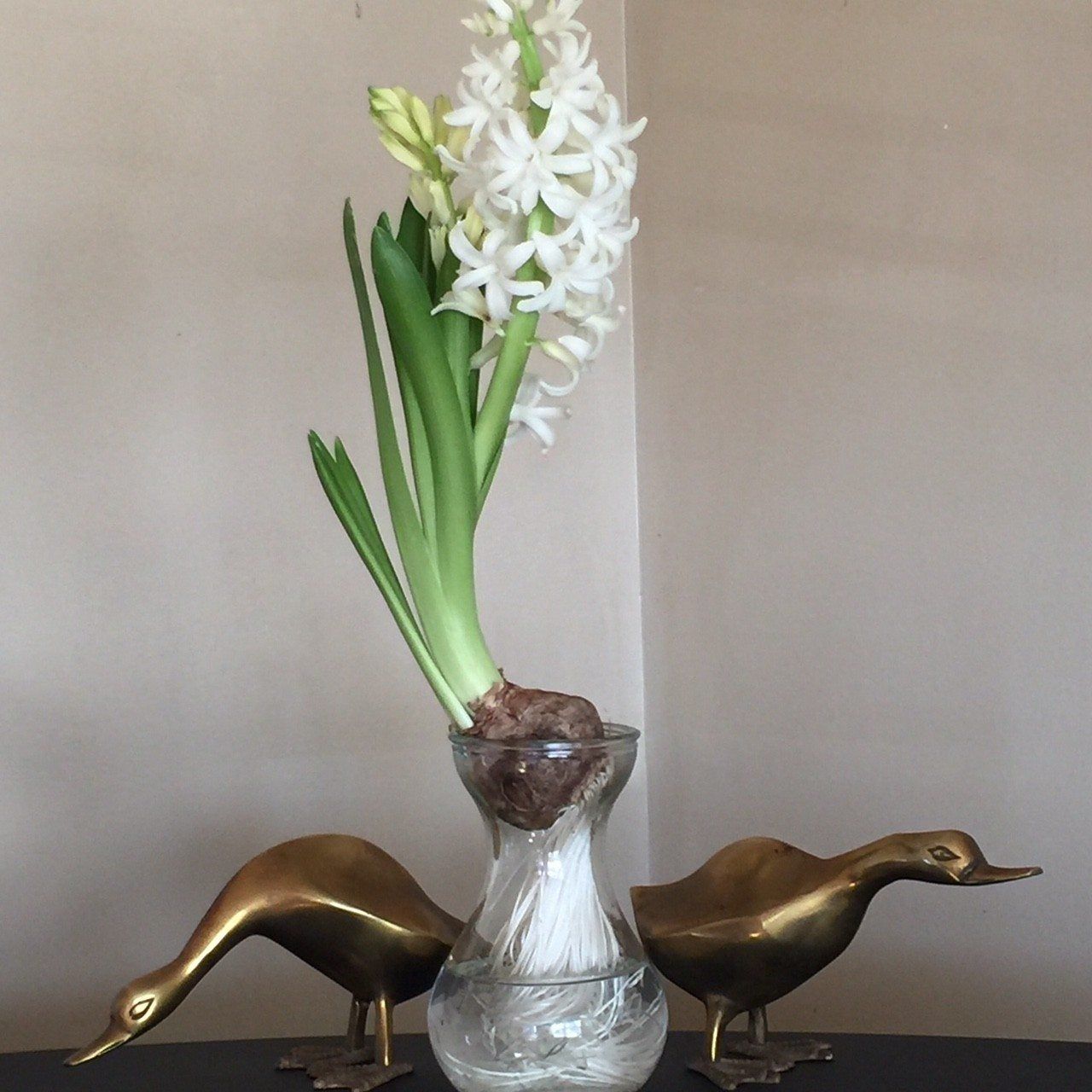

Spring flowers can seem an awful long way off when you are confronted with the doldrums of winter. For this reason, forcing bulbs has become a popular way to enjoy colorful blooms well before their outdoor counterparts are budding. The problem with forced bulbs is that they often get leggy and have leaves and stems flopping all over the place. Propping plants in forced jars necessitates a small stake or stick but there are other tricks for keeping forced plants straight and sturdy.
Propping Plants in Forcing Jars and Pots
Whether you are a passionate gardener or just a fan of flowers, forced bulbs can provide an interior display of out of season color and the process is so easy even a novice can succeed. There are numerous tutorials on the process as well as special kits and forcing jars you can purchase to facilitate your flower growth. However, even professionals are confronted with the problem of nodding narcissus and flopping freesia. Support for forced flowers is necessary to enjoy the beauty of the plants as well as correct growing practices that will help form sturdy, thick stems. You can choose a regular pot, use a glass bowl with gravel to hold the bulb out of water or purchase a glass forcing vase. The only benefit to purchasing a forcing vase is its curvature. They have a long chimney to support the leaves and stems while the bulb itself is nested below the chimney to allow roots to dangle down into water. This also keeps the bulb out of the water to prevent a common problem, mold. If you decide to use a regular pot, you will have to consider some sort of forced flower plant support. A regular pot doesn't have any type of support out of the soil, so you will need to provide a method for keeping forced plants straight. Bulb jar plant support can be unsightly but may be a necessary evil to keep leaves from dangling in the water and stems from drooping over the container.
Types of Support for Forced Flowers
Choosing the right bulb jar plant support is both a matter of taste and function. Depending upon the variety of bulb you are forcing, you may need a long stick or stake or a hoop contrivance to keep multiple stems in order. For plants that develop one or just a few flowering stems, slender sticks, such as bamboo skewers or Popsicle sticks, may be just the trick. You may need to purchase or make a loose hoop for plants with numerous flowering stems to gather all the blooms into a brace for all the stalks. Alternatively, you may simply place the bulb on a bed of gravel at the bottom of a tall glass vase with just enough water to cover the root zone of the bulb. This works well as a forced flower plant support for tall specimens, such as tulips, because the walls of the vase will form a prop for the growing leaves and stems. It also allows you to view the plant's development.
Keeping Forced Plants Straight
One main tip from professional growers of bulbs is to keep the plant out of excessive light during its early development. This is to prevent growth spurts that result in stems that are too slender to support the weight of the flowers. It is also important to provide enough light to minimize the chance of leggy growth that is stretching to reach light. Another great trick is to use alcohol. Add 1 tablespoon of rubbing alcohol or distilled spirits per gallon (15 mL. per 4 L.) of water. The Flowerbulb Research Program at Cornell University discovered that using this solution as the moisture medium in forced bulbs resulted in paperwhites that were 1/2 to 1/3 shorter than those grown in plain water. Any of the above methods should work for propping plants in forced jars. The actual method will depend upon the presentation you wish and the efforts you wish to undertake.
Gardening tips, videos, info and more delivered right to your inbox!
Sign up for the Gardening Know How newsletter today and receive a free copy of our e-book "How to Grow Delicious Tomatoes".

Bonnie Grant is a professional landscaper with a Certification in Urban Gardening. She has been gardening and writing for 15 years. A former professional chef, she has a passion for edible landscaping.
-
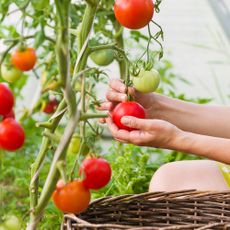 Best Indeterminate Tomatoes: Flavor-Packed Varieties For Fresh Harvests All Summer Long
Best Indeterminate Tomatoes: Flavor-Packed Varieties For Fresh Harvests All Summer LongIndeterminate tomatoes are vining varieties that fruit all season. Discover their distinctive features and how to choose the best type to grow in your garden.
By Bonnie L. Grant
-
 The Dangers Of AI For Gardening – How To Know What’s Real When It Comes To Your Garden
The Dangers Of AI For Gardening – How To Know What’s Real When It Comes To Your GardenThings aren’t always what they seem when it comes to using AI for gardening. Be discerning when relying on AI for accuracy, and take the time to do research.
By Teo Spengler
-
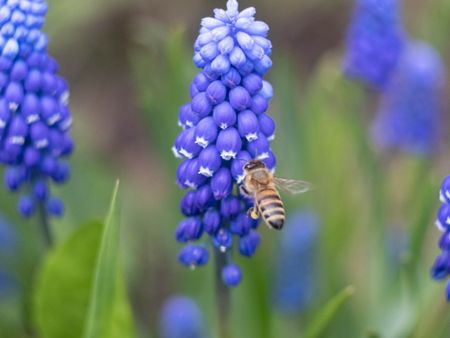 Pretty Spring Bulbs For Pollinators
Pretty Spring Bulbs For PollinatorsWhat are the best flowering bulbs for pollinators in spring? Click here to find out.
By Mary Ellen Ellis
-
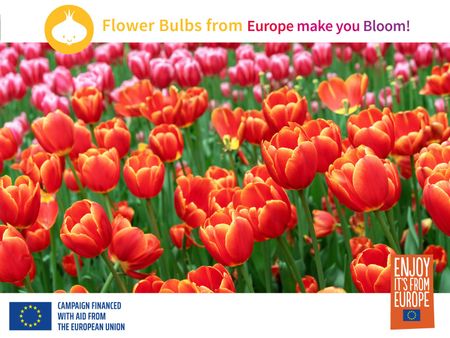 Grow An Early Spring Flowering Bulb Lawn
Grow An Early Spring Flowering Bulb LawnWant a lawn that nourishes pollinators, never needs weeding, and grows more beautiful every year? We have the lawn for you. Click for more.
By Caroline Bloomfield
-
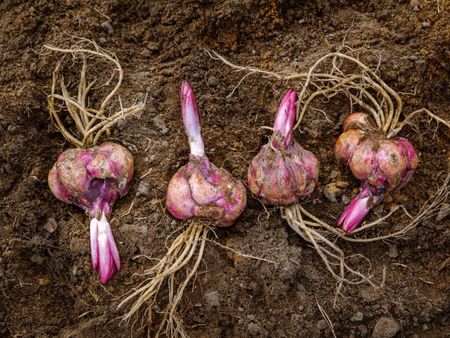 When To Dig Up Bulbs That Bloom In Summer
When To Dig Up Bulbs That Bloom In SummerClick here to learn when to dig up faded summer bulbs of some of the most common ornamentals grown.
By Tonya Barnett
-
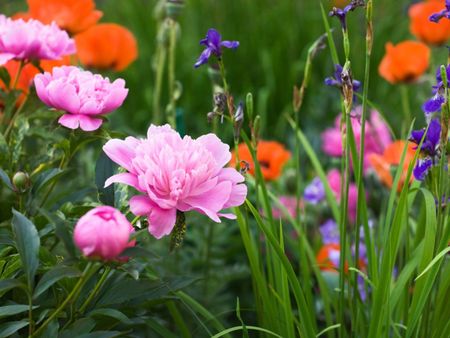 Corms, Tubers, And Bulbs That Are Deer Resistant
Corms, Tubers, And Bulbs That Are Deer ResistantWe love tulips, and so do deer! If you have hungry deer and you hunger for spring blooms, this article should help.
By Amy Grant
-
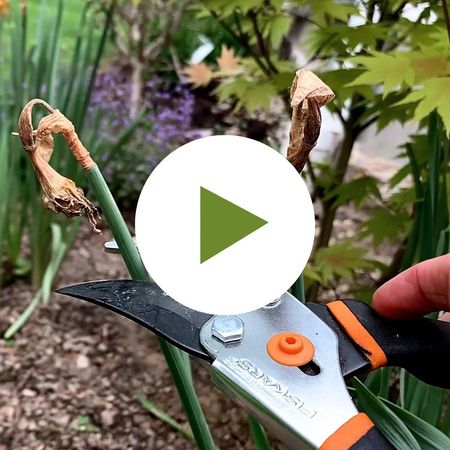 Care for Bulbs After Blooming
Care for Bulbs After BloomingIt's tempting to chop down the leaves after you bulbs have bloomed, but you have to resist this urge! Click to learn why.
By Amy Draiss
-
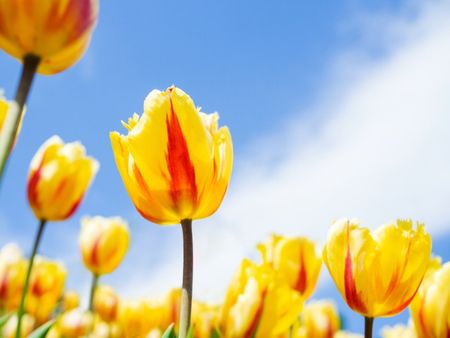 Best Spring Bulbs for Sun and Shade: Bulbs That Grow in Shade and Full Sun
Best Spring Bulbs for Sun and Shade: Bulbs That Grow in Shade and Full SunBulbs are beautiful harbingers of spring. Most flower bulbs thrive in full sun, but what if you have a shaded landscape? Read on for more.
By Amy Grant
-
 Bulb Life Cycle In Winter: What Bulbs Do For Months Under The Snow
Bulb Life Cycle In Winter: What Bulbs Do For Months Under The SnowDormancy in winter doesn't mean nothing is happening with bulbs. It just means you don't see any growth above the ground. Read on for more.
By Bonnie L. Grant
-
 How To Plant Bulbs In Pots - Lasagna Style
How To Plant Bulbs In Pots - Lasagna StylePlanting bulbs in containers is an easy way to create a gorgeous spring porch arrangement, especially when you use the lasagna method.
By Laura Walters